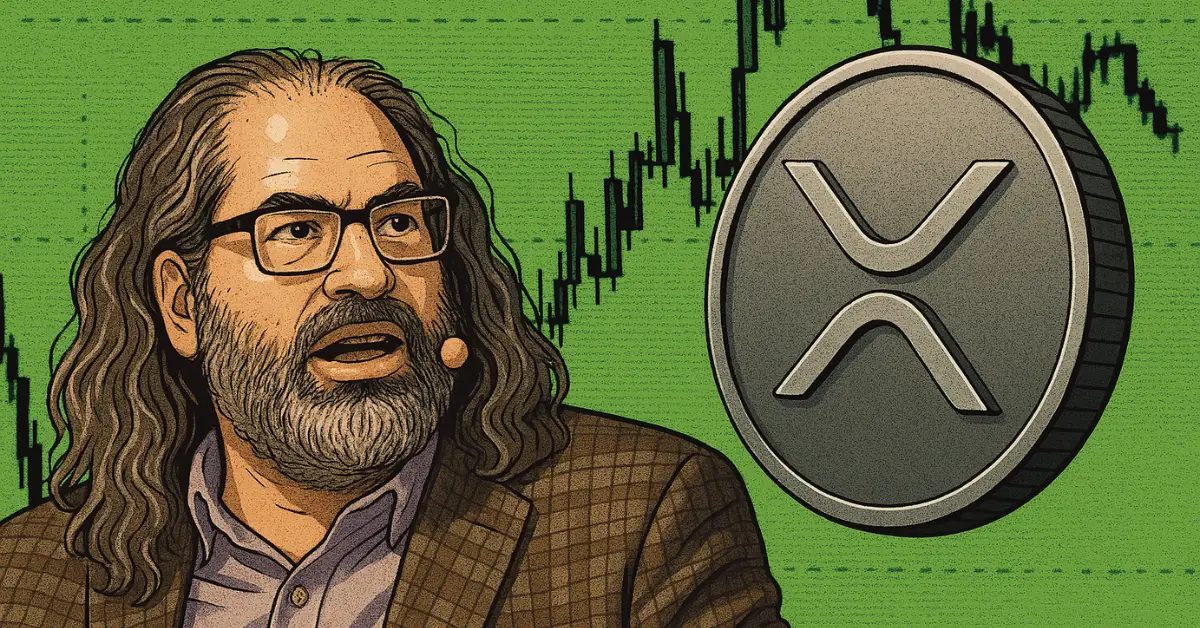
The Ripple CTO, David Schwartz, is making significant strides in fortifying the reliability and efficiency of the XRP Ledger (XRPL). He recently unveiled a new “hub server” concept, designed to make XRPL more robust and secure.
XRP Ledger’s New Development
Schwartz has been testing this hub server in a controlled environment and announced that it is nearly production-ready. This unique system aims to address some of XRP Ledger’s decentralization and connectivity issues. Over the last 24 hours of testing, the platform showed promising signs, handling 11,000 requests per second from 173 peers.
While there was a brief latency spike and a small drop in bandwidth monitoring, Schwartz emphasized that these issues were not caused by the hub server itself. He is also improving the monitoring system to prevent such errors in the future.
Why the Hub Server Matters
The hub server plays a vital role in ensuring XRPL nodes remain reliably connected by reserving prioritized connections for validators, other hubs, and application servers. This initiative is critical as XRPL continues to face challenges in security and decentralization. According to a Kaiko report, Ripple’s blockchain scored the lowest among 15 blockchains, with 41/100 in terms of security, falling behind competitors like Ethereum (83) and Polygon (44).
Addressing XRPL’s Weaknesses
The report raised concerns about a recent hack and the ledger’s relatively small number of validators. Additionally, XRP Ledger received a low Nakamoto Coefficient, a metric that gauges the number of independent entities needed to compromise a blockchain.
Despite these hurdles, Schwartz remains optimistic about the ledger’s potential. He envisions a more programmable platform with enhanced compliance tools and heightened institutional liquidity options. His long-term goal is to position XRPL as a critical piece of infrastructure within the global financial system.
Recommended Gear for Keeping Tabs on Crypto
If you’re passionate about tracking Ripple’s developments or managing your own cryptocurrency investments, tools like the Ledger Nano X are great for securely storing and managing digital assets. It supports XRP and other cryptocurrencies, providing peace of mind for investors.
The Road Ahead
As improvements are rolled out, it’s clear Ripple is doubling down on making XRPL a reliable, high-performing ecosystem for cryptocurrency transactions. With seamless connectivity, increased decentralization, and enhanced security updates in the pipeline, XRPL has the potential to solidify itself as a dependable choice for global financial operations.



